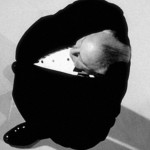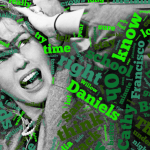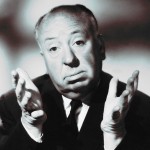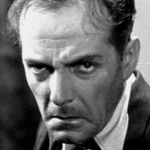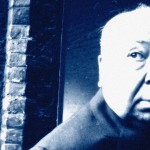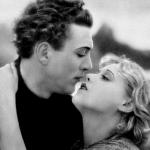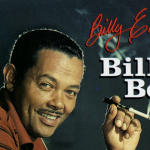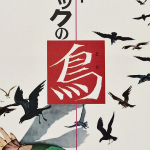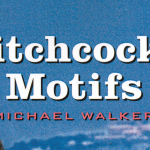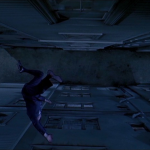The Incredible Shrinking Hitchcock
Think of Hitchcock and invariably you think of his weight. Although biographer John Russell Taylor notes that the director was “painfully self-conscious about his appearance”, Hitchcock knew that his weight was a strong publicity hook — it was something that made him memorable to the public. Whilst Hitchcock’s weight became a serious problem later in life, particularly when he began to suffer from painful arthritic knees in the 1970s, many of his early collaborators were… (read more)

